No mate? No problem.
Some animals don’t wait around for love—they make more of themselves all on their own. No flirting, no flowers, just pure biological brilliance. Asexual reproduction throws romance out the window and replaces it with raw survival power.
It’s nature’s shortcut to population explosions. One becomes many, sometimes overnight. From creatures that split in two to others that clone themselves like sci-fi villains, these animals have hacked the system.
And it’s not just the microscopic weirdos doing it. Lizards, insects, even some sharks are in on the solo act.
Get ready to meet 18 animals that reproduce without the drama.
Starfish
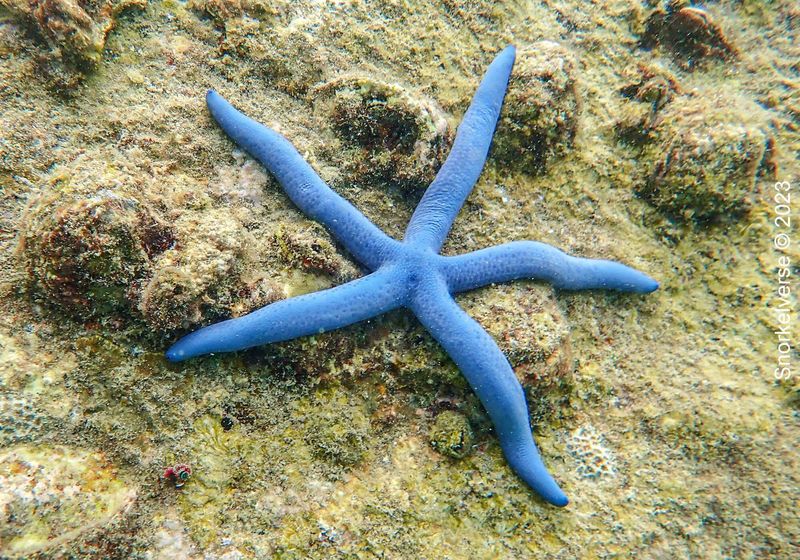
The starfish is renowned for its uncanny ability to regenerate lost arms, an extraordinary feat that extends to its mode of reproduction. When a part of its body, containing part of the central disc, is severed, it can grow into a complete new starfish.
This process exemplifies fragmentation, a form of asexual reproduction. Starfish are often found in vibrant coral reefs, displaying a fascinating array of colors and shapes.
This regenerative capability not only aids in survival but also contributes to their population growth in their natural habitat.
New Zealand Mud Snails
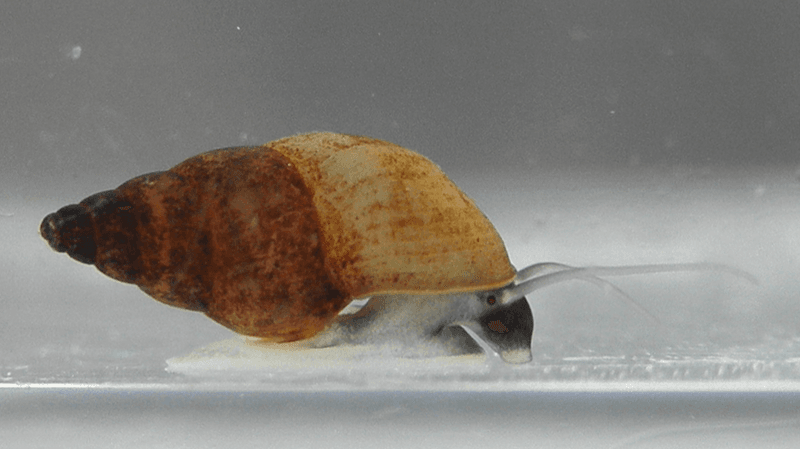
The New Zealand mud snail is a tiny yet resilient creature known for its invasive potential. These snails can reproduce asexually through parthenogenesis, enabling a single individual to establish a thriving population.
Their ability to reproduce without a mate allows them to rapidly colonize new environments, often outcompeting native species. This has made them a subject of interest for ecologists studying invasive species.
Despite their small size, New Zealand mud snails have a significant ecological impact, demonstrating the power of asexual reproduction.
Komodo Dragon

Surprisingly, the mighty Komodo dragon can reproduce asexually through a process called parthenogenesis. Females can produce offspring without fertilization, an adaptation that is especially useful when isolated from males.
This remarkable ability ensures the survival of their species in isolated environments. The Komodo dragon, native to Indonesia, commands attention with its formidable size and strength, roaming the landscapes with an air of authority.
Their capacity for asexual reproduction adds an intriguing layer to their already impressive biology.
Planarian

Planarians, a type of flatworm, are celebrated for their regenerative abilities. When cut into pieces, each segment can regenerate into a complete new organism, demonstrating a form of asexual reproduction called regeneration.
This astonishing capability makes planarians a favorite subject in scientific research, offering insights into the potential for tissue regeneration in other species.
In their natural habitats, these flatworms can be found under rocks in freshwater environments, quietly showcasing the marvels of biological resilience.
Amazon Molly
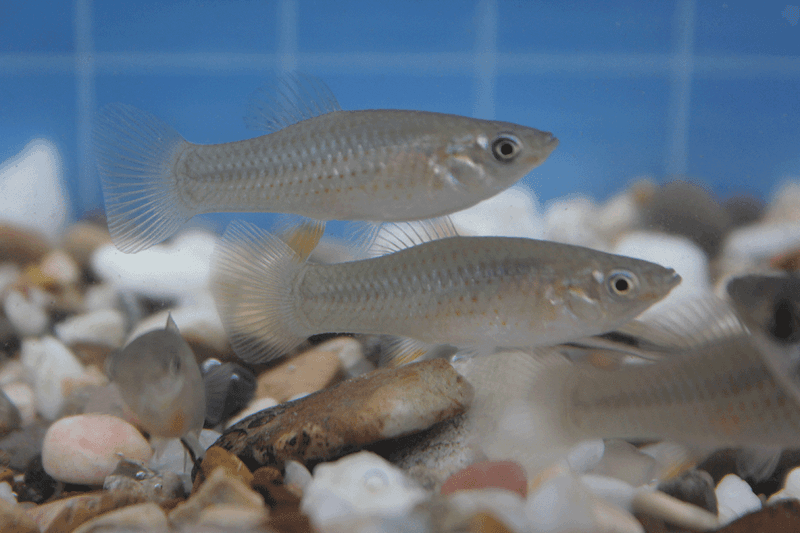
The Amazon molly is a small fish found in freshwater habitats, known for its unusual reproductive strategy. Although it requires the presence of sperm to trigger embryo development, the genetic material from the male is not incorporated into the offspring.
This process, known as gynogenesis, results in clones of the mother, ensuring genetic consistency. Inhabiting streams and ponds, Amazon mollies can maintain their populations without genetic diversity from males.
This adaptation allows them to exploit stable environments effectively, ensuring their survival and proliferation despite limited genetic variation.
Whiptail Lizard
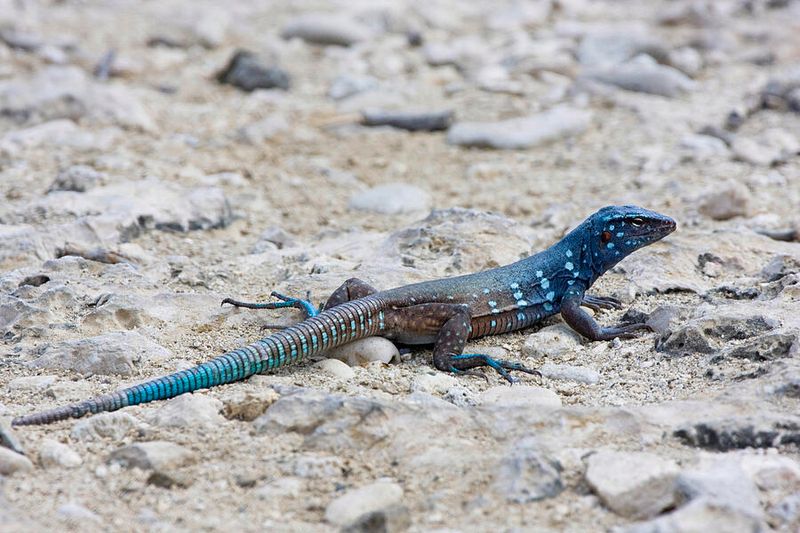
The whiptail lizard offers a compelling case of parthenogenesis, where females reproduce without male fertilization. This form of asexual reproduction is common among these lizards, especially in environments where males are scarce.
The ability to reproduce independently ensures their continued survival in challenging habitats.
Basking in the sun on rocky terrains, whiptail lizards display vibrant patterns and colors, reflecting their adaptability and resilience. They thrive in arid regions, contributing to the biodiversity of their ecosystems.
Bryozoans
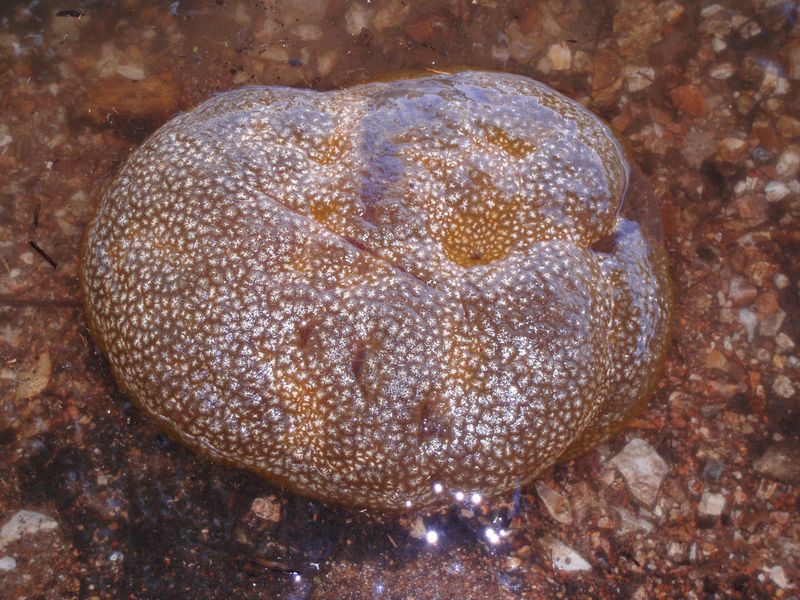
Bryozoans, often referred to as “moss animals,” form intricate colonies in marine environments. These colonies originate from a single founder through asexual reproduction, rapidly expanding by budding.
The resulting colonies are complex and serve as habitats for various marine organisms, contributing to biodiversity. Their ability to reproduce asexually allows them to quickly colonize available surfaces.
Bryozoans’ delicate structures are not only fascinating to study but also vital for maintaining healthy marine ecosystems by providing shelter and food for other species.
Aphids
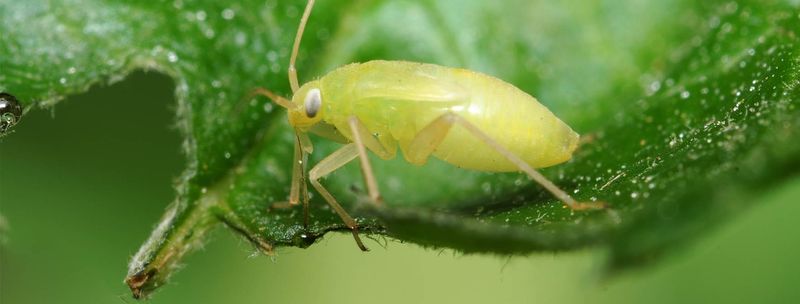
Aphids are known for their prolific reproduction abilities, primarily through parthenogenesis. Females give birth to live young without mating, allowing for rapid population increases.
This mode of asexual reproduction is advantageous, especially in stable and nutrient-rich environments.
Aphids thrive on plant sap, often forming large colonies that can be detrimental to agricultural crops. Despite their size, their impact on ecosystems and human agriculture is significant, highlighting the influence of asexual reproduction in nature.
Sea Anemones
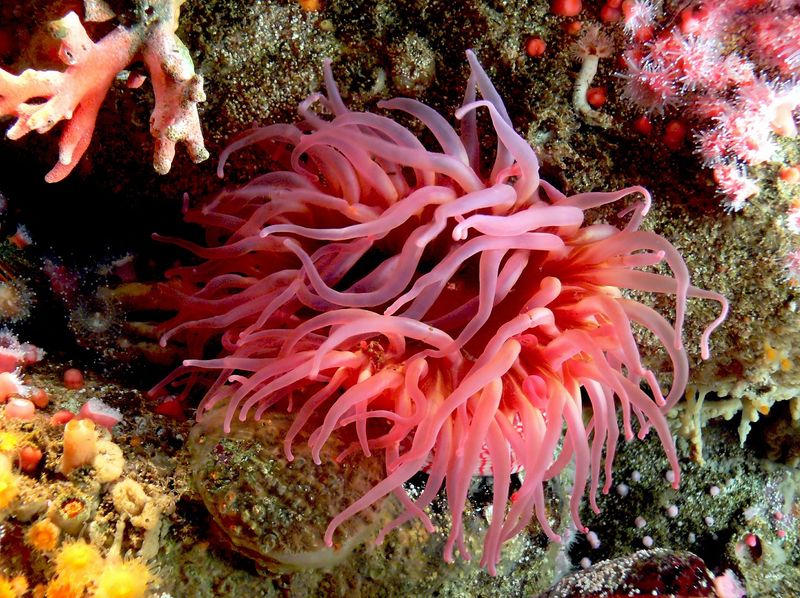
Sea anemones, with their striking colors and shapes, reproduce asexually through fission or budding. This process allows them to clone themselves and rapidly colonize new areas.
Asexual reproduction ensures their survival in the dynamic marine environment, providing stability to the ecosystems they inhabit.
Their symbiotic relationship with clownfish further exemplifies the interconnectedness of marine life. Sea anemones, with their tentacles waving gently in ocean currents, add beauty and diversity to underwater landscapes.
Sea Urchins

Sea urchins are intriguing creatures found in ocean depths, celebrated for their unique mode of asexual reproduction called “fragmentation.” When conditions are right, a piece of the sea urchin can break off and develop into a new organism.
This method allows them to populate areas rapidly, particularly in regions with plenty of algae for sustenance. Their ability to regenerate and form new colonies contributes to their resilience in the marine ecosystem.
With their spiky appearance and vibrant colors, sea urchins add both beauty and complexity to coral reef environments.
Sponges
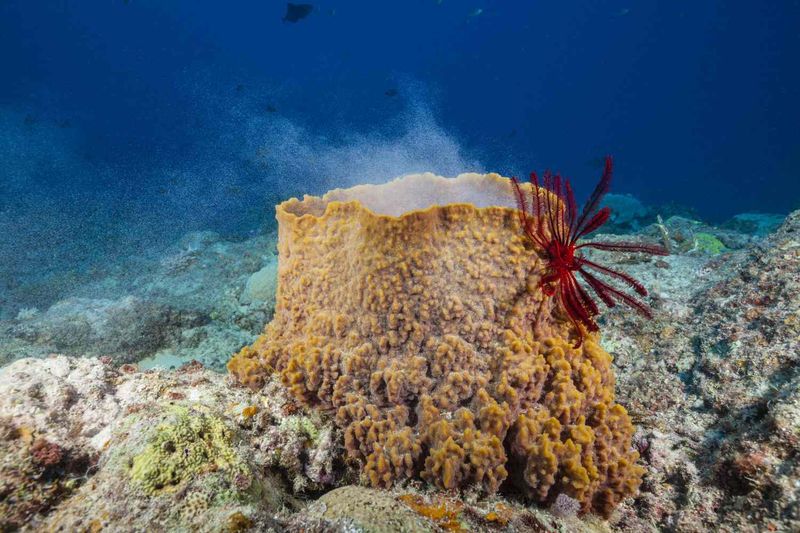
Sponges, among the simplest multicellular organisms, reproduce asexually through budding and fragmentation. These processes enable them to regenerate lost parts and expand colonies effectively.
This mode of reproduction is crucial for their survival, especially in the diverse and competitive environments of coral reefs.
Sponges filter water, playing a key role in maintaining marine ecosystem health. Their variety of colors and shapes adds to the visual splendor of ocean habitats.
Daphnia
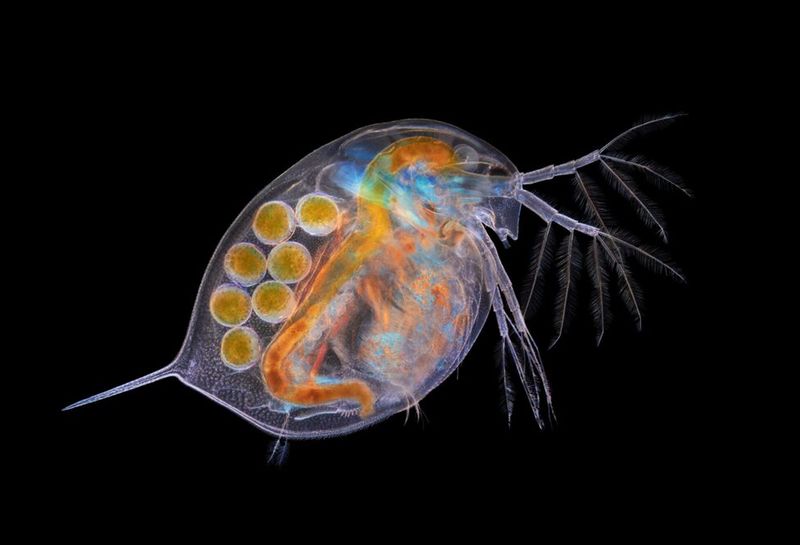
Daphnia, commonly known as water fleas, reproduce asexually through parthenogenesis, especially in favorable conditions. This allows for rapid population growth, ensuring their survival and dominance in freshwater habitats.
Their transparent bodies and jerky swimming motions make them intriguing subjects for ecological studies.
Daphnia play a vital role in aquatic food chains, serving as a primary food source for many fish species. Their reproductive strategies highlight the adaptability and efficiency of asexual reproduction in ensuring species continuity.
Flatworms

Flatworms, with their soft and simple bodies, excel in asexual reproduction through regeneration. When cut into parts, each section can develop into a complete organism, showcasing remarkable regenerative abilities.
This process is not only fascinating but also contributes to their resilience in various environments.
Flatworms are often used in scientific research to study cellular regeneration, providing insights into potential medical applications. Their presence in ecosystems underscores the adaptability and success of asexual reproduction.
Bdelloid Rotifers

Bdelloid rotifers, microscopic aquatic animals, reproduce exclusively through parthenogenesis. This asexual mode of reproduction has persisted for millions of years, showcasing their adaptability and resilience.
Bdelloid rotifers thrive in freshwater environments, often found in temporary pools and moist soils.
Their unique wheel-like cilia, used for locomotion and feeding, add to their distinctiveness. These creatures highlight the potential for asexual reproduction to sustain a lineage over long evolutionary periods, defying conventional expectations of genetic diversity.
Hammerhead Sharks
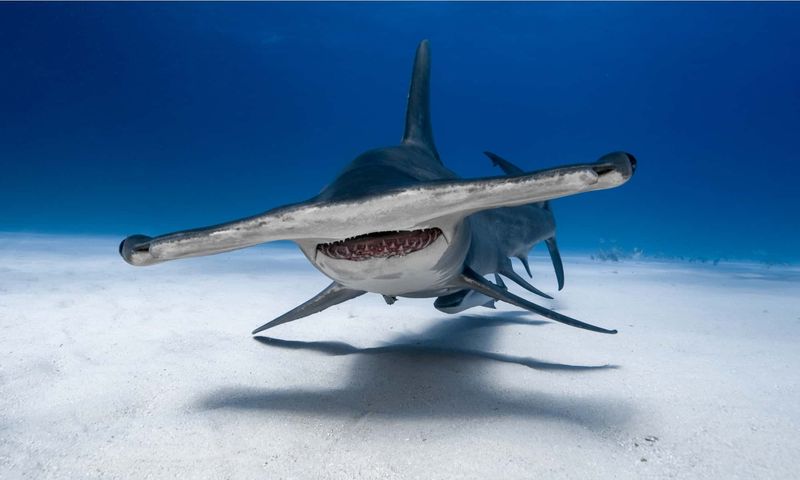
In rare instances, hammerhead sharks can reproduce asexually through parthenogenesis. This phenomenon, though unusual in sharks, has been observed in captive individuals, showcasing nature’s adaptability.
Parthenogenesis allows female hammerheads to produce offspring without fertilization, a valuable trait in environments with sparse male populations.
These iconic predators, with their unique, hammer-shaped heads, glide through oceans with a balance of grace and power. Their ability to reproduce asexually adds a captivating layer to their already enigmatic biology.
Marbled Crayfish

The marbled crayfish, or marmorkrebs, is a unique example of asexual reproduction through parthenogenesis. Unlike other crayfish, marbled crayfish are all female and can reproduce without a mate.
This has led to their proliferation in various freshwater habitats, often becoming invasive.
Their ability to clone themselves highlights the potential challenges of asexual reproduction in ecosystem balance. These creatures, with their distinctive marbled patterns, offer insights into the evolutionary advantages and ecological implications of asexual reproduction.
Jellyfish
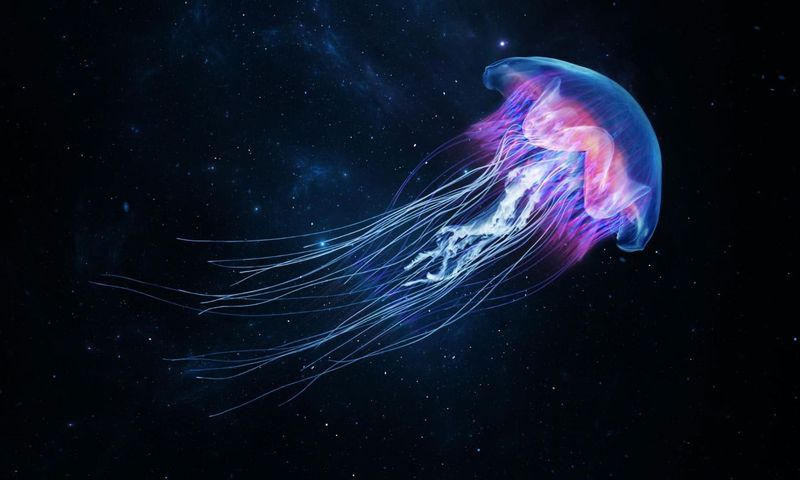
Jellyfish, particularly in the polyp stage, can reproduce asexually through budding. This process allows them to produce genetically identical offspring, contributing to the formation of large jellyfish blooms.
Asexual reproduction is crucial for their survival in the vast and fluctuating ocean environment.
These gelatinous creatures are both mesmerizing and enigmatic, drifting through oceans and captivating observers with their delicate movements. The ability to reproduce asexually underscores their persistence and adaptability in marine ecosystems.
Sea Cucumbers
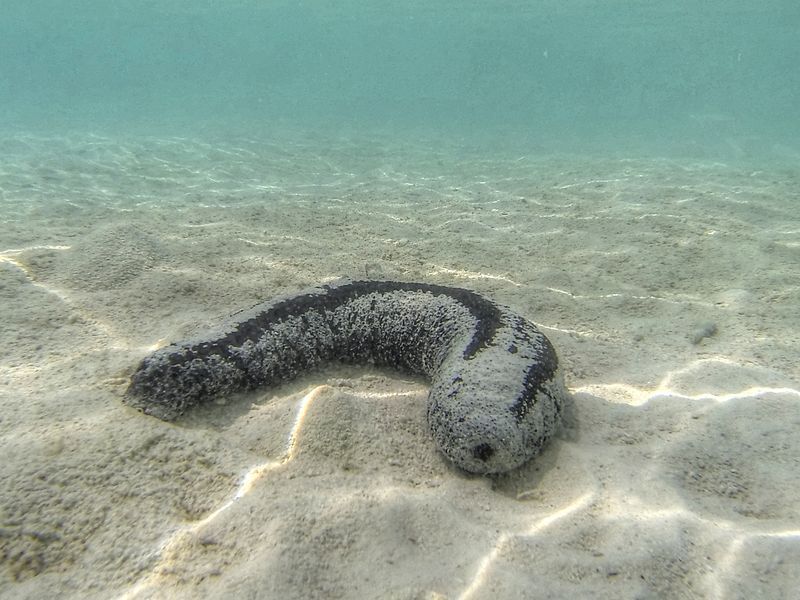
Sea cucumbers exhibit a peculiar form of asexual reproduction known as fission, where the organism divides into two parts, each capable of forming a complete individual. This method allows sea cucumbers to increase their numbers efficiently.
Their soft-bodied nature enables them to adapt to various oceanic environments, from shallow reefs to deep-sea beds. By contributing to nutrient cycling, they play a critical role in maintaining the health of marine ecosystems.
Their fascinating reproductive strategies highlight the adaptability and survival instincts of these mysterious creatures.

